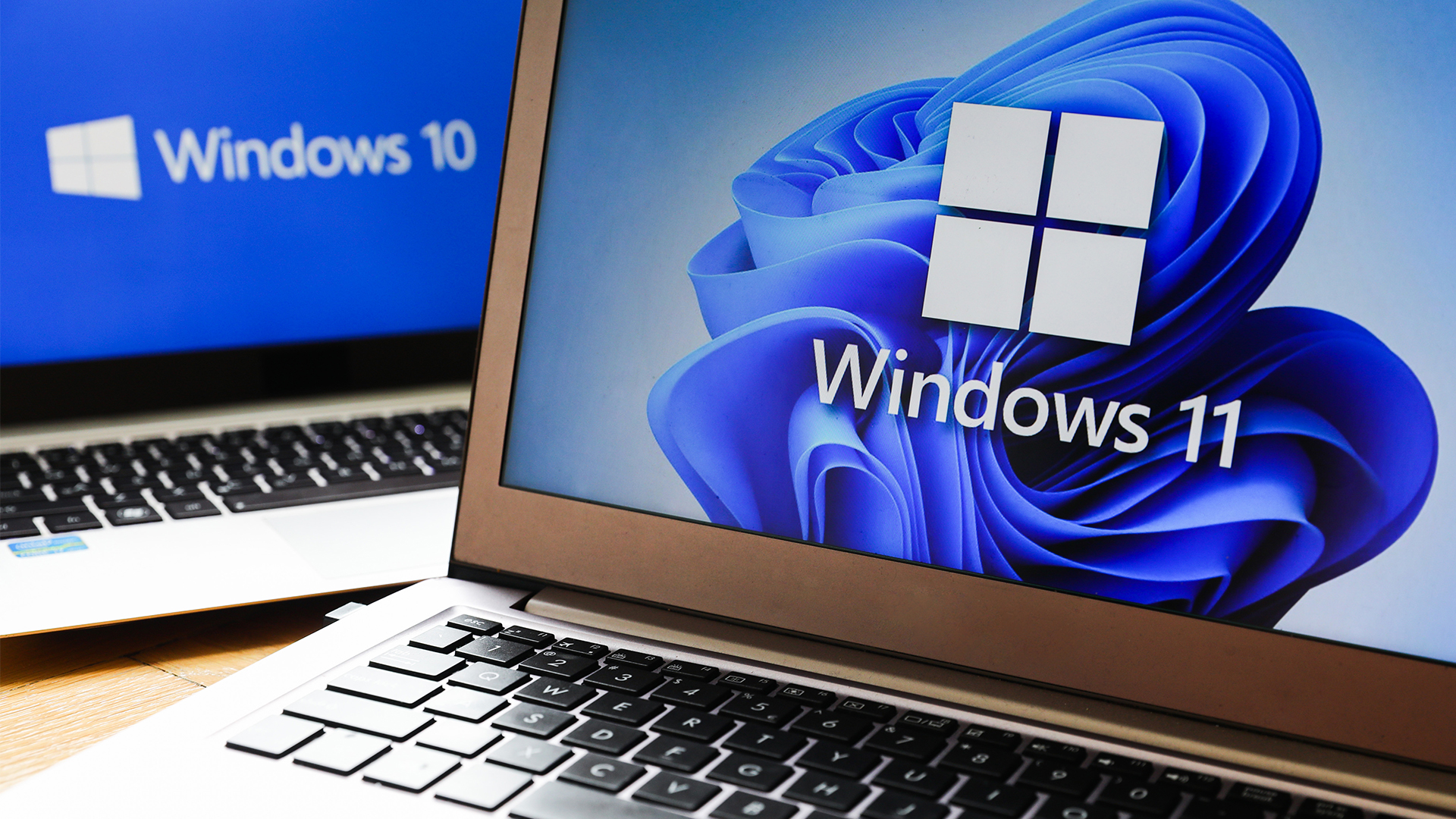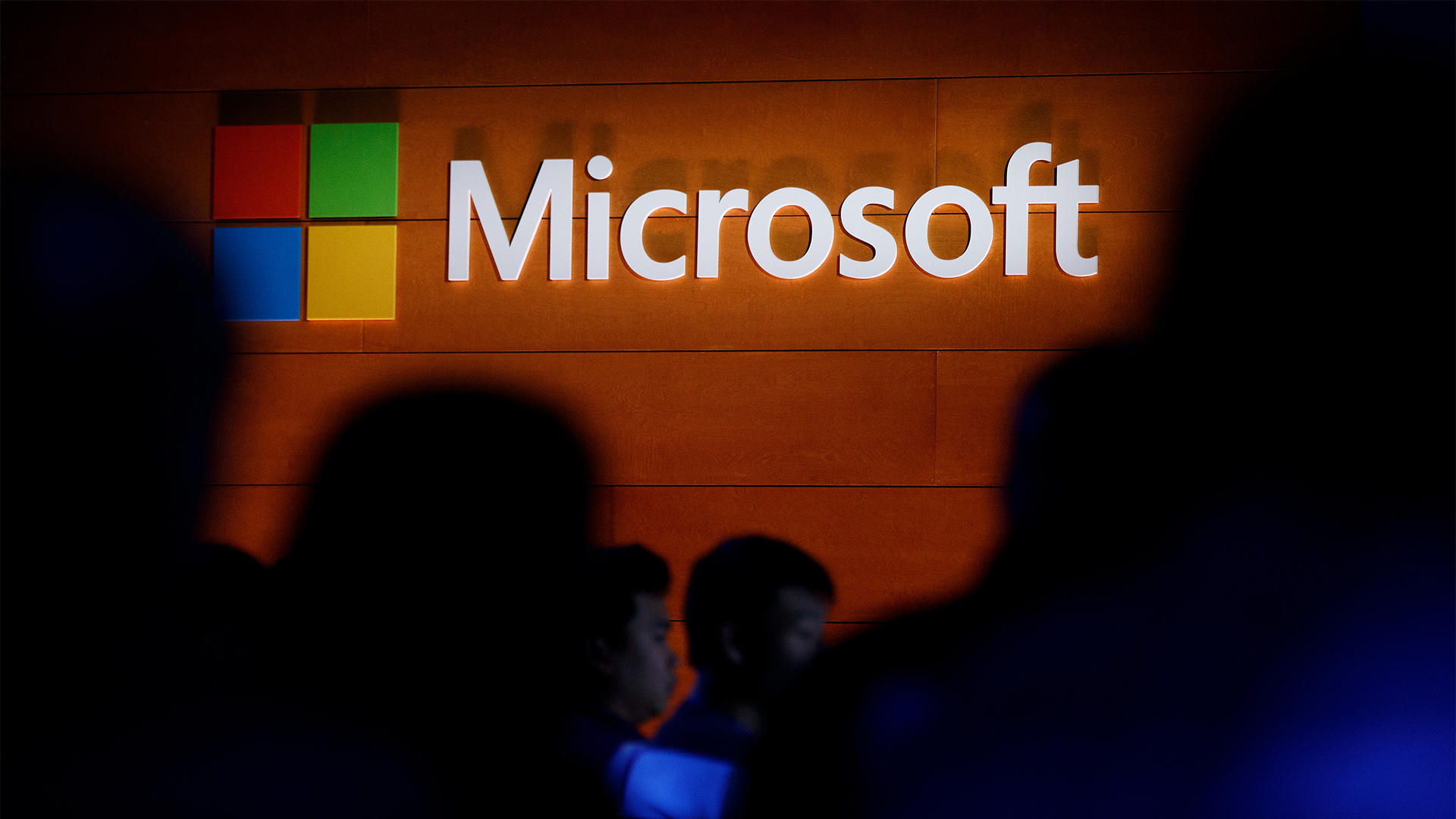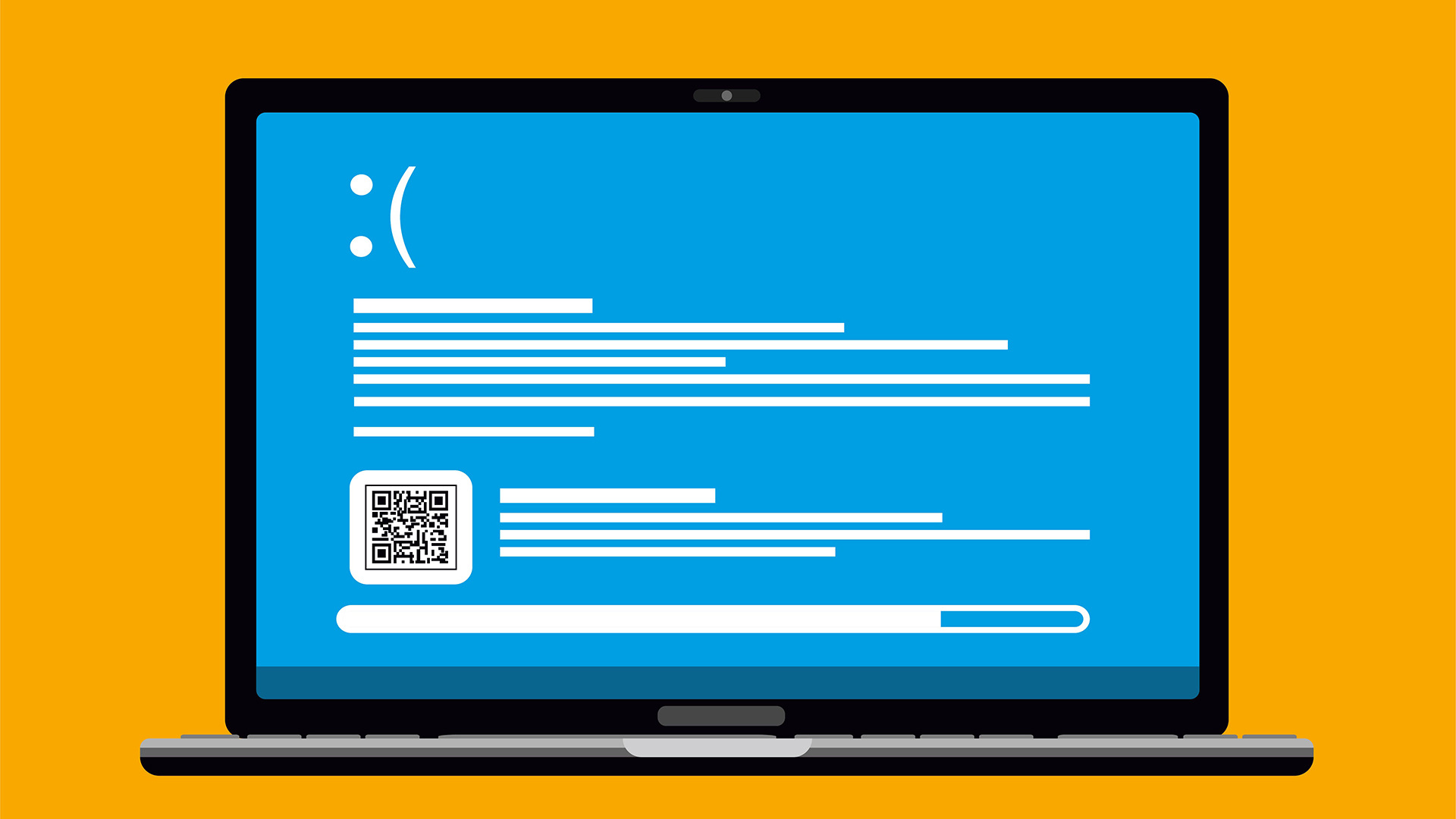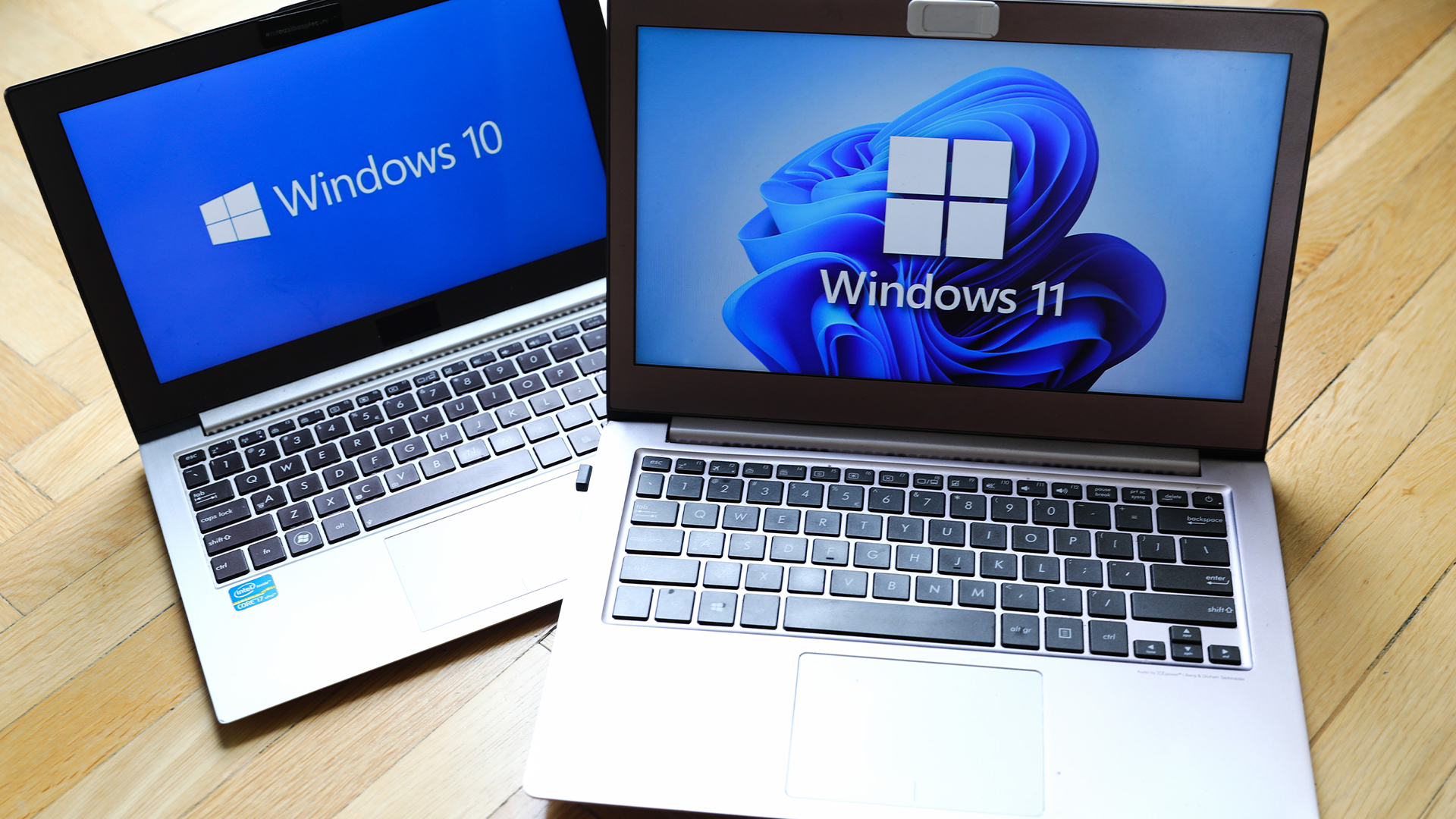Microsoft moves to patch remote access bugs in IE, Edge and Windows
Datacentre admins get a break as patches target desktop flaws


Microsoft has rolled out nine security updates, some of which fix vulnerabilities allowing a hacker to take over your PC.
Part of its monthly Patch Tuesday cycle, the nine updates address flaws present in Windows Vista onwards, Office, Internet Explorer and Edge.
Five of the updates have been flagged as critical, fixing Remote Code Execution vulnerabilities that could allow a hacker to take over a victim's PC. Some of these flaws can be found in Internet Explorer (MS16-095) and Microsoft Edge (MS16-096). Hackers could take over a machine simply by making their victim visit a malicious website.
Vulnerabilities in Microsoft Office (MS16-099) could also allow remote code execution if a user opens a specially crafted Microsoft Office file. "An attacker who successfully exploited the vulnerabilities could run arbitrary code in the context of the current user," said Microsoft in an advisory.
MS16-097 is a critical security update for the Microsoft Graphics component, and it fixes flaws in many Microsoft software solutions, including Windows, Office, Skype for Business, and Microsoft Lync.
"The vulnerabilities could allow remote code execution if a user either visits a specially crafted website or opens a specially crafted document," said the firm in another advisory.
There is also a vulnerability in the Windows PDF Library.
Get the ITPro daily newsletter
Sign up today and you will receive a free copy of our Future Focus 2025 report - the leading guidance on AI, cybersecurity and other IT challenges as per 700+ senior executives
"This bug has the same sort of risk profile as MS16-099: if a potential new customer sends a request for a quote in a PDF file, you're on the horns of a dilemma," said Paul Ducklin, senior technologist at Sophos. "Do you reject it because this is your first email from them? (If so, you aren't likely to grow your business much.) Or do you open it because PDFs are widely used, and a perfectly normal part of business correspondence these days? (If so, you're accepting a small but definite risk.)"
Amol Sarwate, Qualys director of vulnerability, said in a blog post that top priority goes to patching Microsoft Office and browsers. "MS 16-099 covers issues that allow attackers to take complete control of a victim's machine remotely," he said.
"It is not too difficult to social engineer an email attachment which is targeted for users in your organisation to exploit this issue," he added.
Rapid7's security research manager, Tod Beardsley, added that this month's patches appear to concentrate on the desktop.
"It looks like IT administrators who are responsible for the datacentre machines get a break," he said.
"This is not to say the server operating systems are completely unaffected, of course. For example, Windows servers running Terminal Services tend to act as both desktop and server environments."
Rene Millman is a freelance writer and broadcaster who covers cybersecurity, AI, IoT, and the cloud. He also works as a contributing analyst at GigaOm and has previously worked as an analyst for Gartner covering the infrastructure market. He has made numerous television appearances to give his views and expertise on technology trends and companies that affect and shape our lives. You can follow Rene Millman on Twitter.
-
 Should AI PCs be part of your next hardware refresh?
Should AI PCs be part of your next hardware refresh?AI PCs are fast becoming a business staple and a surefire way to future-proof your business
By Bobby Hellard Published
-
 Westcon-Comstor and Vectra AI launch brace of new channel initiatives
Westcon-Comstor and Vectra AI launch brace of new channel initiativesNews Westcon-Comstor and Vectra AI have announced the launch of two new channel growth initiatives focused on the managed security service provider (MSSP) space and AWS Marketplace.
By Daniel Todd Published
-
 Recall arrives for Intel and AMD devices after months of controversy
Recall arrives for Intel and AMD devices after months of controversyNews Microsoft's Recall feature is now available in preview for customers using AMD and Intel devices.
By Nicole Kobie Published
-
 With one year to go until Windows 10 end of life, here’s what businesses should do to prepare
With one year to go until Windows 10 end of life, here’s what businesses should do to prepareNews IT teams need to migrate soon or risk a plethora of security and sustainability issues
By George Fitzmaurice Published
-
 Microsoft is doubling down on Widows Recall, adding new security and privacy features – will this help woo hesitant enterprise users?
Microsoft is doubling down on Widows Recall, adding new security and privacy features – will this help woo hesitant enterprise users?News The controversial AI-powered snapshotting tool can be uninstalled, Microsoft says
By Nicole Kobie Published
-
 Microsoft patches rollback flaw in Windows 10
Microsoft patches rollback flaw in Windows 10News Patch Tuesday includes protection for a Windows 10 "downgrade" style attack after first being spotted in August
By Nicole Kobie Published
-
 Companies “wary” of Windows 11 migration challenges as Windows 10 EOL draws closer
Companies “wary” of Windows 11 migration challenges as Windows 10 EOL draws closerNews A recent study shows that only a fraction are running Windows 11, despite a rapidly-approaching end of life deadline
By George Fitzmaurice Published
-
 New Windows vulnerability could repeatedly trigger the blue screen of death on millions of devices
New Windows vulnerability could repeatedly trigger the blue screen of death on millions of devicesNews Attackers could exploit the Windows vulnerability to repeatedly crash machines and trigger a blue screen of death, according to researchers at Fortra
By Solomon Klappholz Published
-
 Here’s how much Windows 10 could cost if you don’t upgrade this year
Here’s how much Windows 10 could cost if you don’t upgrade this yearNews Windows 10 extended security updates will cost users dearly, with prices rising incrementally each year.
By George Fitzmaurice Last updated
-
 Linux just hit an all-time high share of the global desktop market — and surging popularity in India is driving uptake of the open source operating system
Linux just hit an all-time high share of the global desktop market — and surging popularity in India is driving uptake of the open source operating systemNews Linux is still dwarfed by operating systems such as Windows, but it’s making modest gains off the back of growing popularity in emerging markets
By Steve Ranger Published